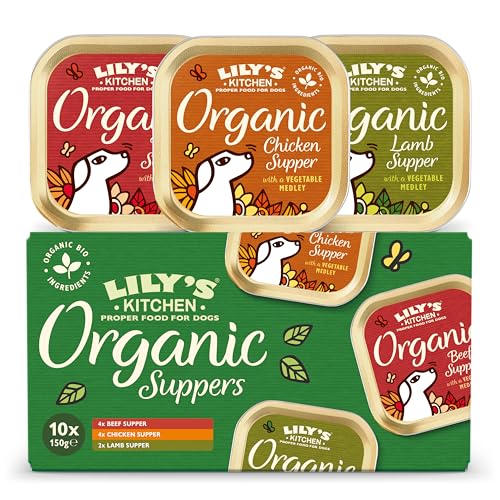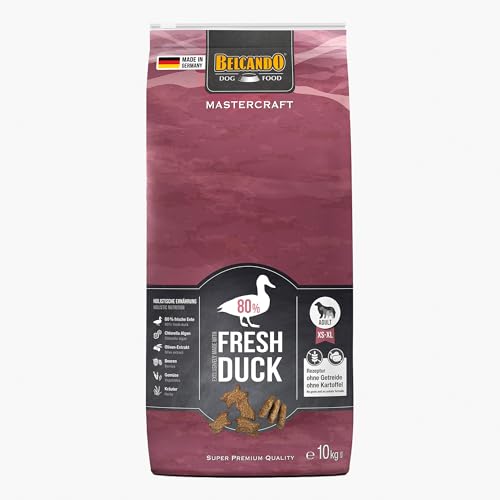Understanding Organic Dog Food: What It Is and Why It Matters
Defining Organic Dog Food
When we talk about organic dog food, we mean food that is made from ingredients grown without synthetic pesticides or fertilisers. These natural methods not only help preserve soil health but also protect the ecosystems around farms. Organic dog food is usually free from artificial colours, flavours, and preservatives, which is an important consideration for many pet owners looking to provide a healthier diet for their furry friends.
The Importance of Choosing Organic
Choosing organic dog food can significantly impact your dog’s health. With organic options, we can reduce the likelihood of exposing our pets to harmful substances found in conventional dog foods. Additionally, organic farming practices tend to be more environmentally friendly, promoting sustainability, and supporting local farmers. Understanding these benefits helps us make informed choices for our pets’ nutrition.
Nutritional Benefits of Organic Dog Food: Fueling Your Pet’s Health
Higher Quality Ingredients
Organic dog food often contains higher quality ingredients compared to non-organic options. By using more natural and nutrient-dense ingredients, we can provide our dogs with better overall nutrition. These foods typically feature a higher concentration of vitamins, minerals, and antioxidants, which are crucial in supporting our pets’ immune systems and overall well-being.
Improved Digestibility
Since organic dog food lacks artificial additives and fillers, it is generally more digestible. Dogs on an organic diet tend to absorb nutrients more effectively, leading to better energy levels and improved health. This could mean healthier fur, brighter eyes, and increased vitality, making a noticeable difference in how our pets feel and behave.
Choosing the Right Organic Dog Food: Factors to Consider
Life Stage and Size
When selecting organic dog food, we must consider our dog’s life stage and size, as nutritional needs vary between puppies, adults, and seniors, as well as among small and large breeds. It’s important to choose a formulation that meets these specific needs to ensure our pets thrive.
Ingredient Transparency
Look for organic dog foods with clear ingredient lists. We should avoid products that have vague terms like ‘meat meal’ without specifying the source. Instead, opt for brands that list specific sources of protein, grains, and vegetables. This transparency helps us ensure that we know what our dogs are consuming.
Top Brands We Recommend: Quality and Value
Evaluating Brand Reputation
We recommend looking into brands that have established a strong reputation for quality. Take note of companies that prioritise sourcing their ingredients thoughtfully and transparently. Brands that provide detailed information about their sourcing and manufacturing processes often indicate a commitment to quality.
Balancing Price and Ingredients
While we want to choose top brands, it’s essential to balance price with ingredient quality. Some organic dog foods are priced at a premium, but that doesn’t always guarantee superior quality. We can evaluate the ingredient lists and nutritional value of each option to ensure we’re making a well-informed decision that fits our budget.
Transitioning Your Dog to Organic: Simple Steps for Success
Gradual Introduction
When introducing organic dog food into our dog’s diet, a gradual transition is key. We should start by mixing a small amount of the new organic food with their current food, slowly increasing the proportion of organic food over a week or two. This gradual approach helps to prevent digestive upset and allows our pets to adjust to the new flavours and textures.
Monitoring Your Dog’s Response
As we transition our dog to organic food, it’s crucial to monitor how they respond to the change. Pay attention to their energy levels, coat condition, and overall behaviour. If we notice any adverse changes, we may need to adjust the type or brand of organic food we choose to ensure it meets our dog’s needs.
































